The Ocean That Has Been Calling Me is an audiovisual journey by Polish artist, Maciek Stępniewski, chronicling his travels to the Moroccan cities of Marrakech, Essaouira, and Sidi Kauoki in 2019. The exhibition aims to equip the audience with an environmental lens of the country and region, with special focus on Morocco’s natural beauty and diverse ecosystems in light of the growing climate crisis.
Stępniewski aptly points to our anthropocentrist nature in his images by removing man as the central figure, giving way to the remarkable coast, culture, and history.
The images are accompanied by a special soundtrack created by Stępniewski based on field recordings taken during his trip, developed specifically for the exhibition. The music embodies the artist’s hopeful sentiment for our planet inspired by the vastness of the Moroccan landscape.
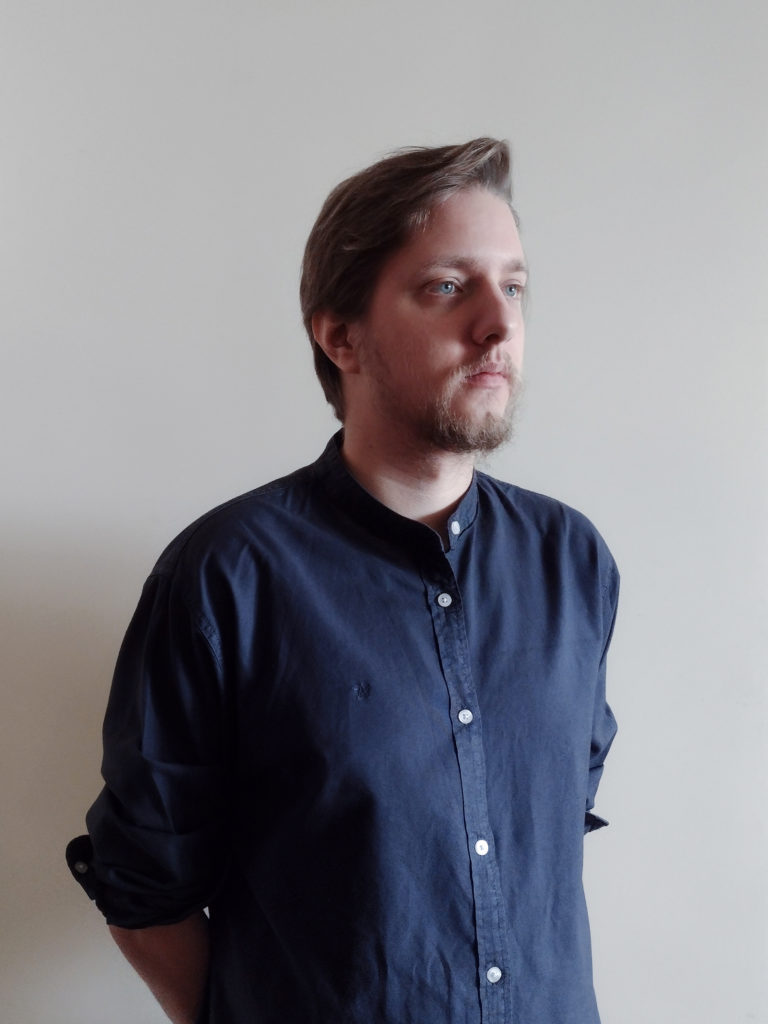
Saira Malik (S.M.): How did you get involved in this project, The Ocean That Has Been Calling Me?
Maciek Stępniewski (M.S.): I'm at this point in life where I slowed down with commercial work and I'm trying to establish myself in a more artistic position, so I've been applying to different open calls for projects or residencies. Fortunately, I stumbled upon the one from the reACT programme with my photographs from Morocco, which we turned into a proper exhibition with curator Mishelle Brito (for Khaleejesque interview with Mishelle, click here), and here we are!
S.M.: Why did you choose Morocco as your location and what drew you towards it?
M.S.: I've always been generally interested in world cultures and the Arab world was certainly a part of that. So I've always been interested in visiting this region. Morocco in particular sparked inspiration, mostly for practical reasons, and also for the element of hidden fantasy cinematically visualized by the Tangier sequences in the film Only Lovers Left Alive (2013) by director Jim Jarmusch, which is one of my all time favorite movies. From there, I actually became even more interested in the country’s situation and it's modern culture than I was before.
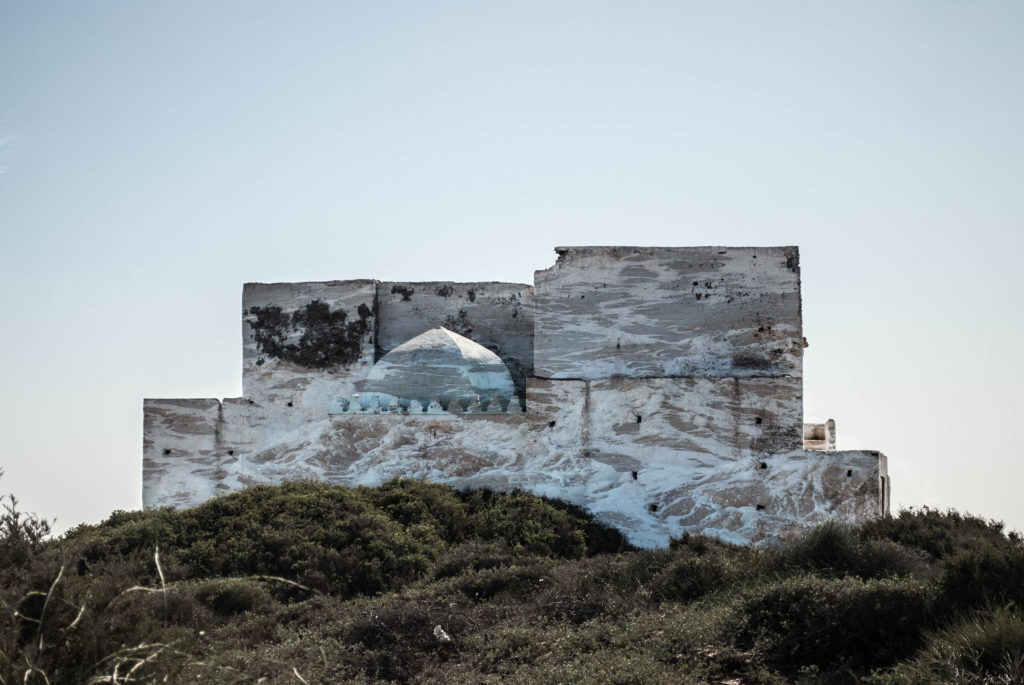
S.M.: Can you talk to us about the work and the ideas behind it?
M.S.: The main body of the exhibition is of course the photographs. I've always treated photography as an art of catching a moment, fit for working with the unexpected and the undirected. In this spirit, I couldn't exactly plan for the actual content of the pictures, but I had a certain attitude in mind before the journey. The main theme is the absence of human beings in the photographs, as if we would be looking at a world from which we disappeared. This is very much an anti-anthropocentric gesture, but it actually points at us as a civilization because the lack of human presence is such an unusual sight these days. Instead, I focused on the landscape and its composition, and on the pattern and the texture. These are the elements that interest me the most as a visual creator. Most of my other work would fall under abstract or experimental design and animation, and generative art and natural patterns are very much connected. It's in them that I somehow find what's most essential to our existence.
S.M.: What is the main aim of this exhibition?
M.S.: For me it was a great occasion to go back to experiences from Morocco and reflect on them again. So there is definitely this added personal value, and a great step in the right direction and lessons learned through my artistic path, which will hopefully also contribute to the program as a whole. As for the audience we aimed for two objectives: an informative segment on Morocco within the context of the impending climate crisis; and a personal, inner trigger to encourage looking at oneself and civilization as a whole from a different perspective—one not based on the grand narratives that surround and condition us, but rather through our individual confrontations with reality.
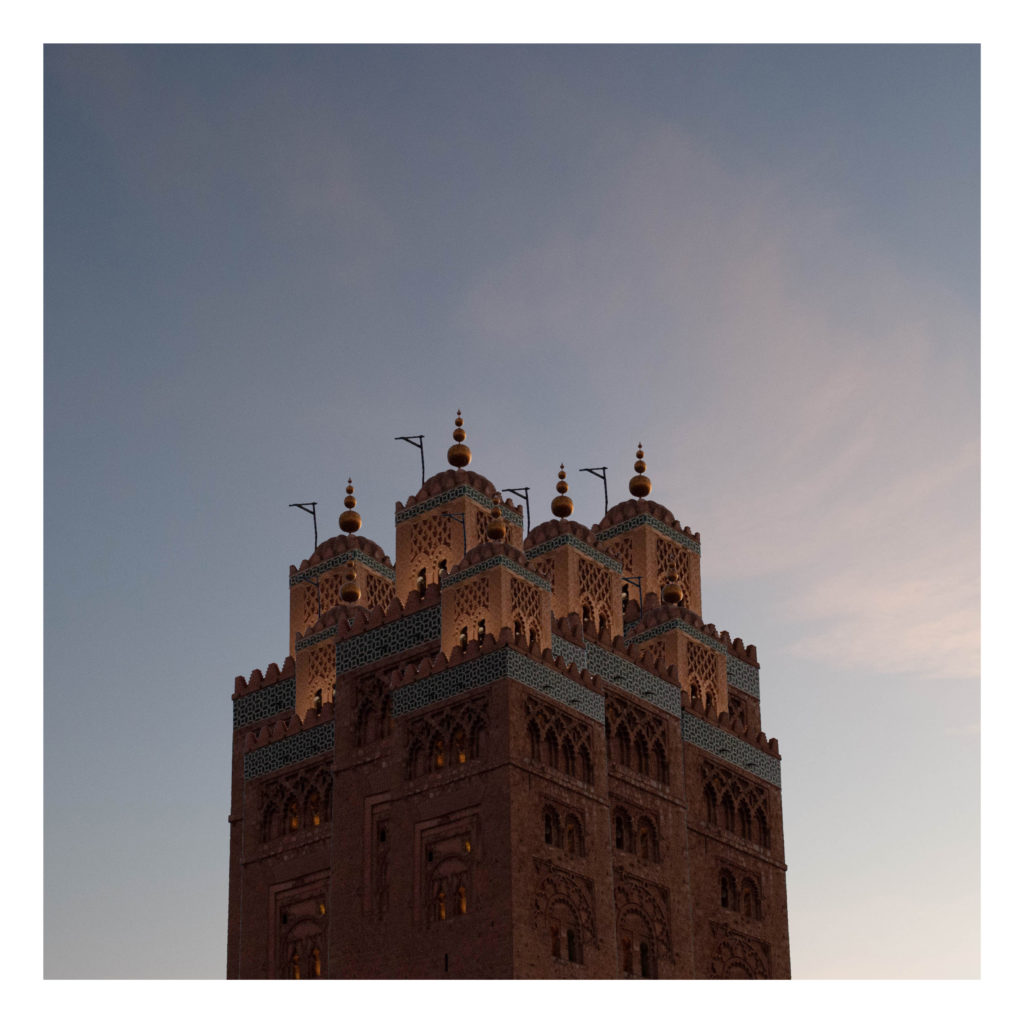
The Highest Tower Of The Manuscript 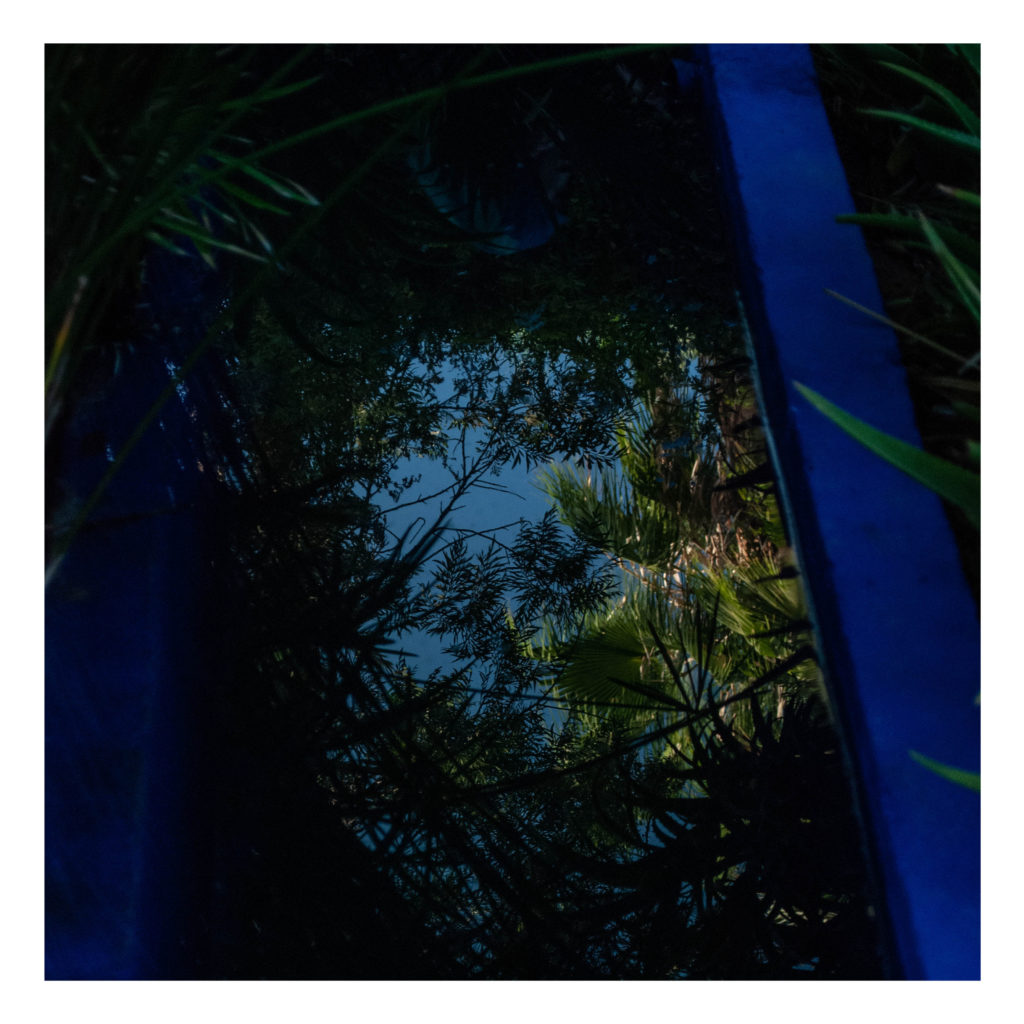
The Moment Of Respite From Heat 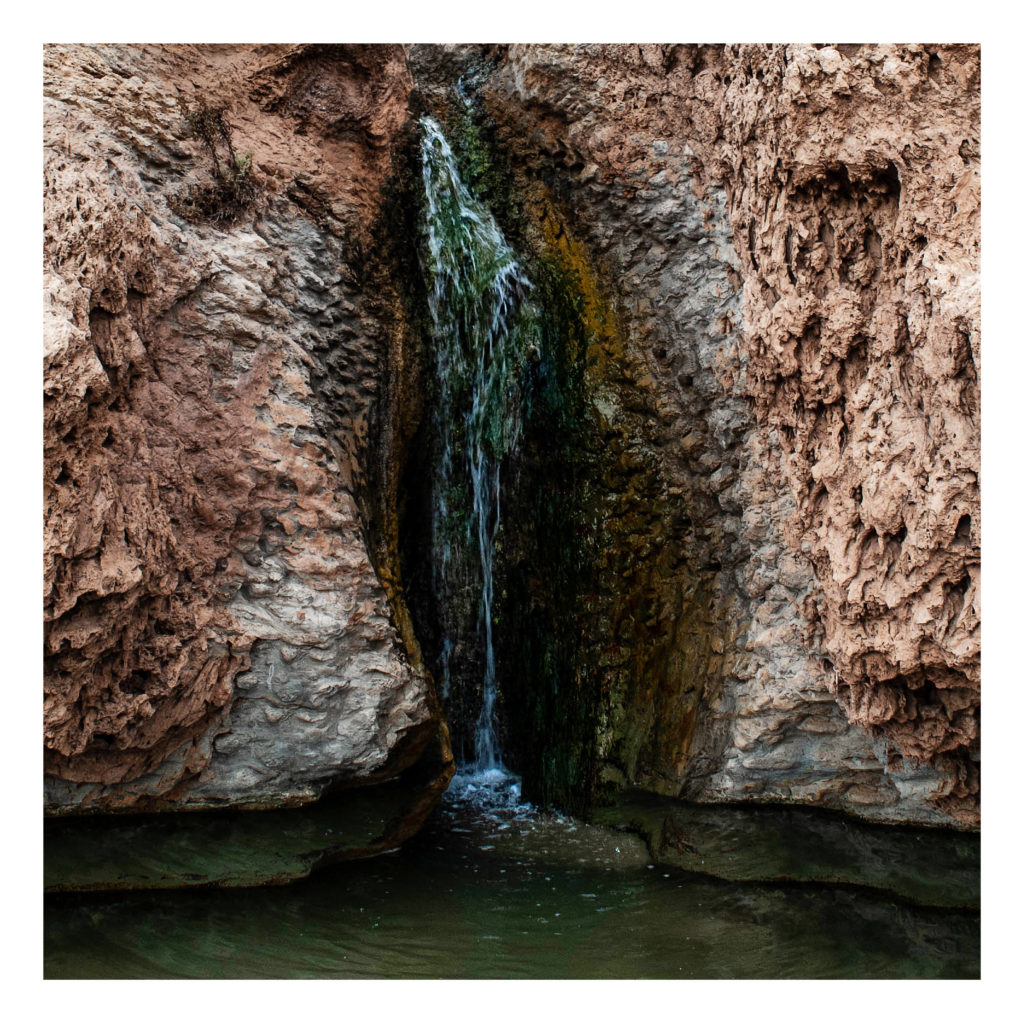
The Stream Where River Should Have Been 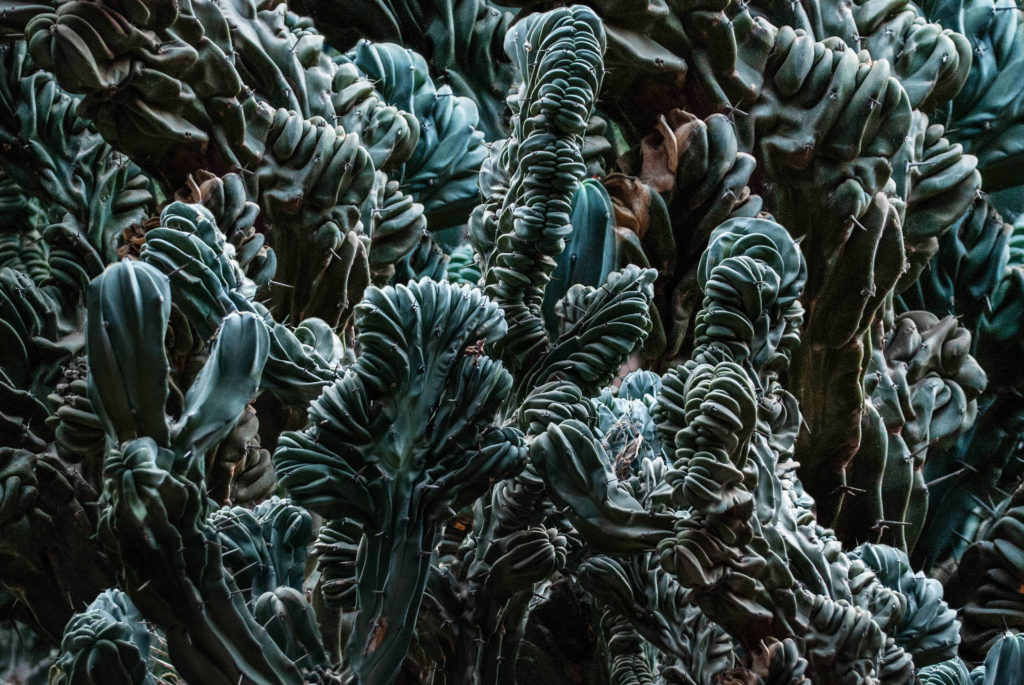
The Plant In Garden Of Saint Yves 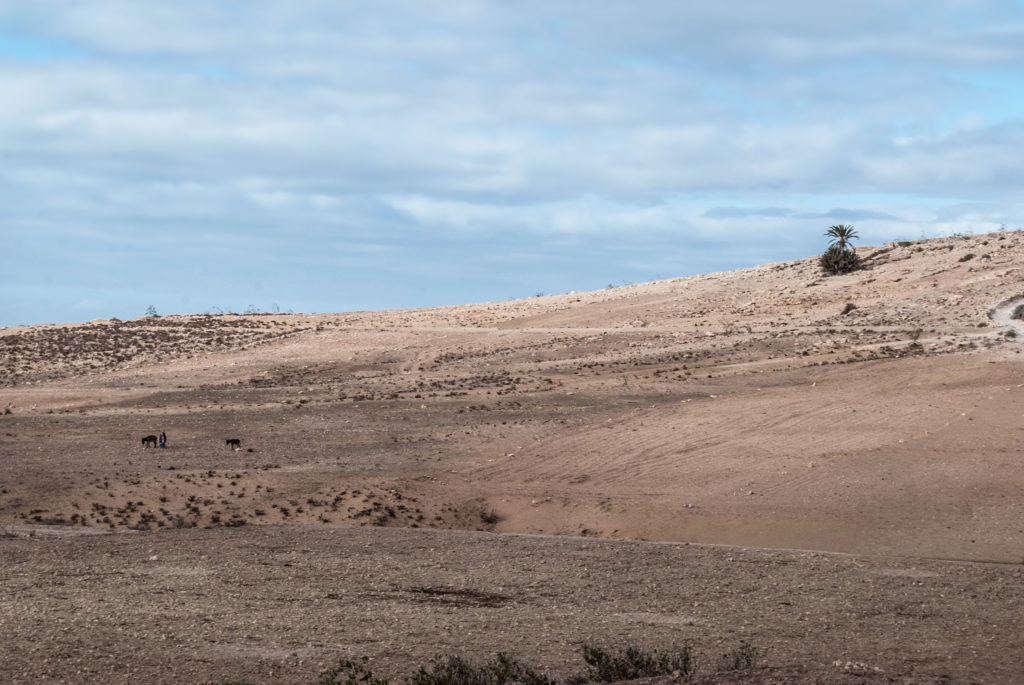
The Scarecrow In The Field 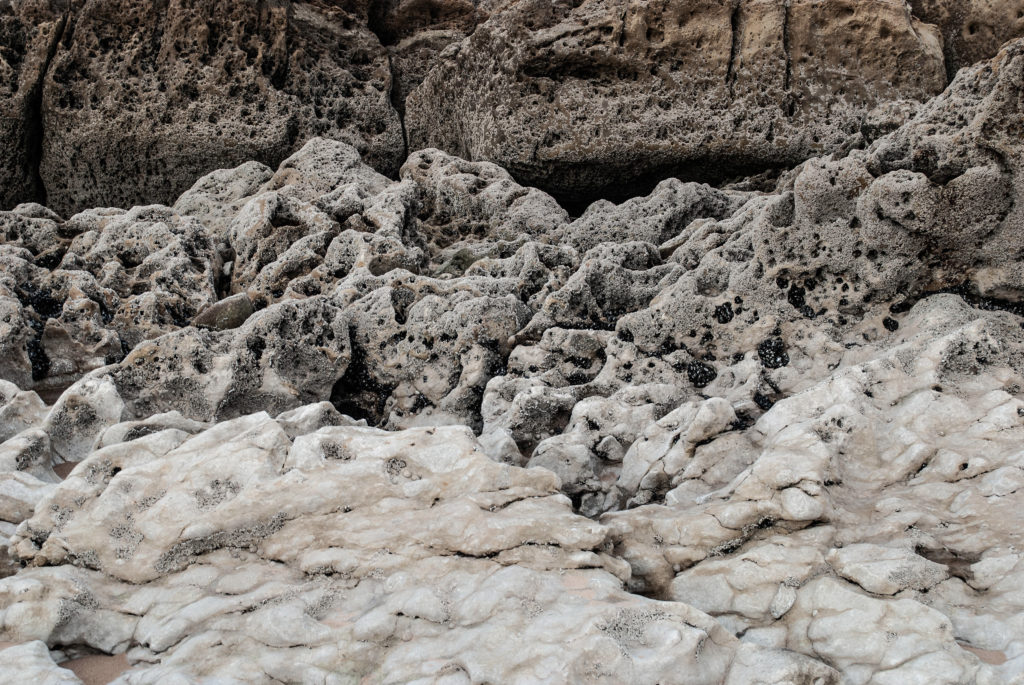
The Stone That Water Keeps
S.M.: How did you develop this special soundtrack to go with the visuals?
M.S.: The soundtrack is based on field recordings which I also took during the trip, so the common atmosphere is there from the start. I think it's interesting that we can actually hear human language in there, as if it would be a postcard from this imagined world past—a gentle reminder. The music was created very fast and rather intuitively, which was actually great for me because usually there's a lot of time between making an album and releasing it, a lot of fixing and overthinking. Working fast made it very exciting and I'm happy about the results and how the music has enhanced the photographs. This soundtrack is also still open for further collaboration and recreation, so if any of the readers would like to participate (with a field recording, an instrument, or through spoken word), please feel free to share!
S.M.: What were some of the challenges you faced while creating this project?
M.S.: I think the biggest challenge was actually making an exhibition out of it, because we're trying to convey a very subtle message about our identities and it's very easy to fall into intellectual trappings of difficult and imprecise language when attempting to do so. It's walking on a thin line between being comprehensive and communicative, but not ruining the intriguing mystery of the art by meticulously explaining every minute detail on the trail (which we left everywhere from the pictures through the songs titles to the accompanying text).

The Waves Closing In 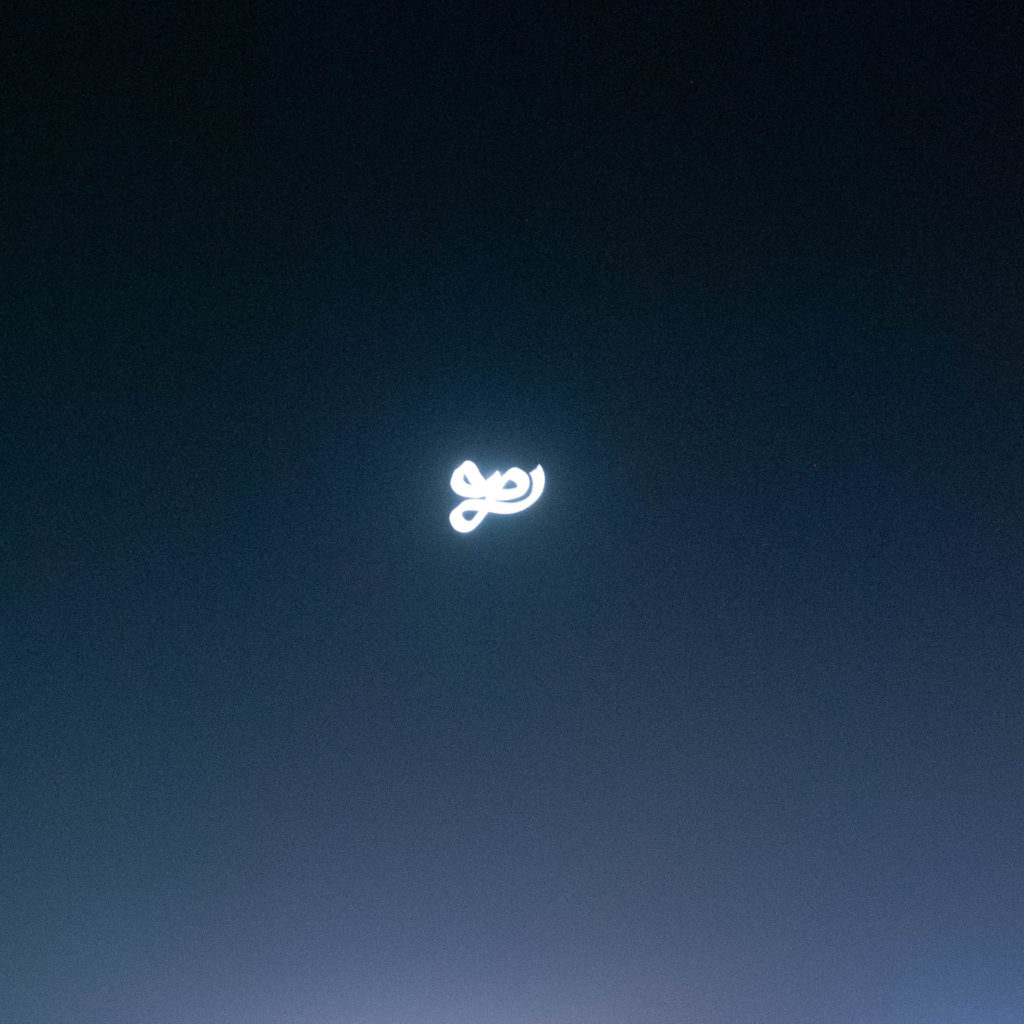
The Moon That Watches Over Me 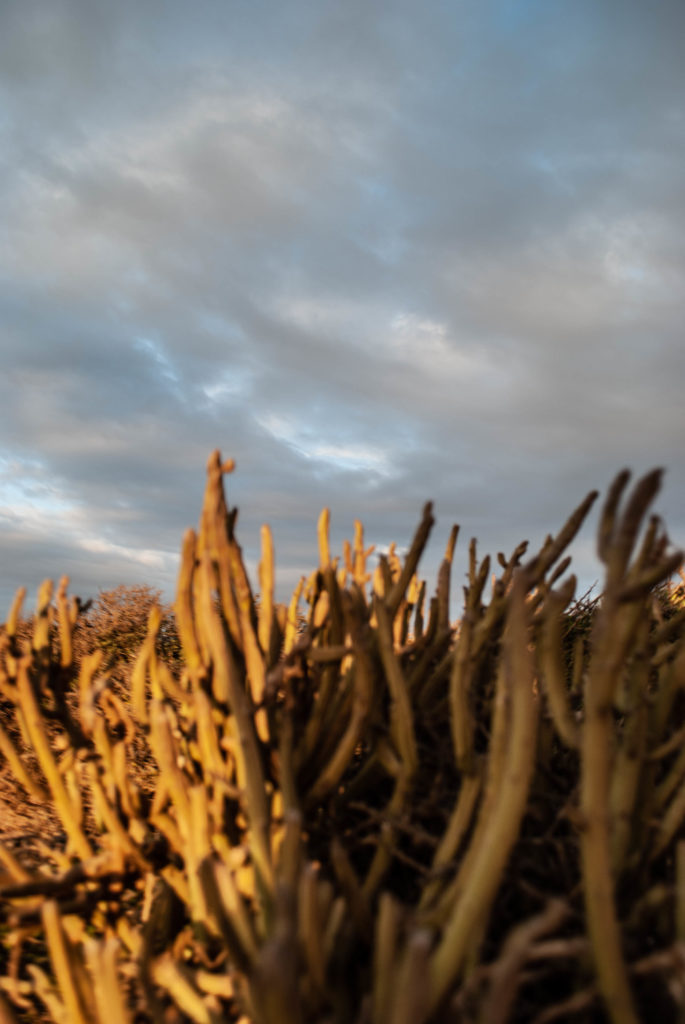
The Sunset Creeping In
S.M.: What would you like the audience to experience through this audiovisual journey?
M.S.: I would hope that this aesthetical display will provide the audience with inspiration through imagery that shifts their perspectives—for instance,a drought or a flood can look beautiful when watched from safety, but many living beings are certainly far from experiencing their beauty from a place of comfort, and it's us who every day create this reality for better or for worse. If this project will move just one person to take a step towards a higher consciousness in regards to the environment, I will count it as a win.
The Ocean That Has Been Calling Me can be viewed online here!
Words: Saira Malik and Maciek Stępniewski
Images: Courtesy of P21 gallery
For more on artist Maciek Stępniewski, click here or here!

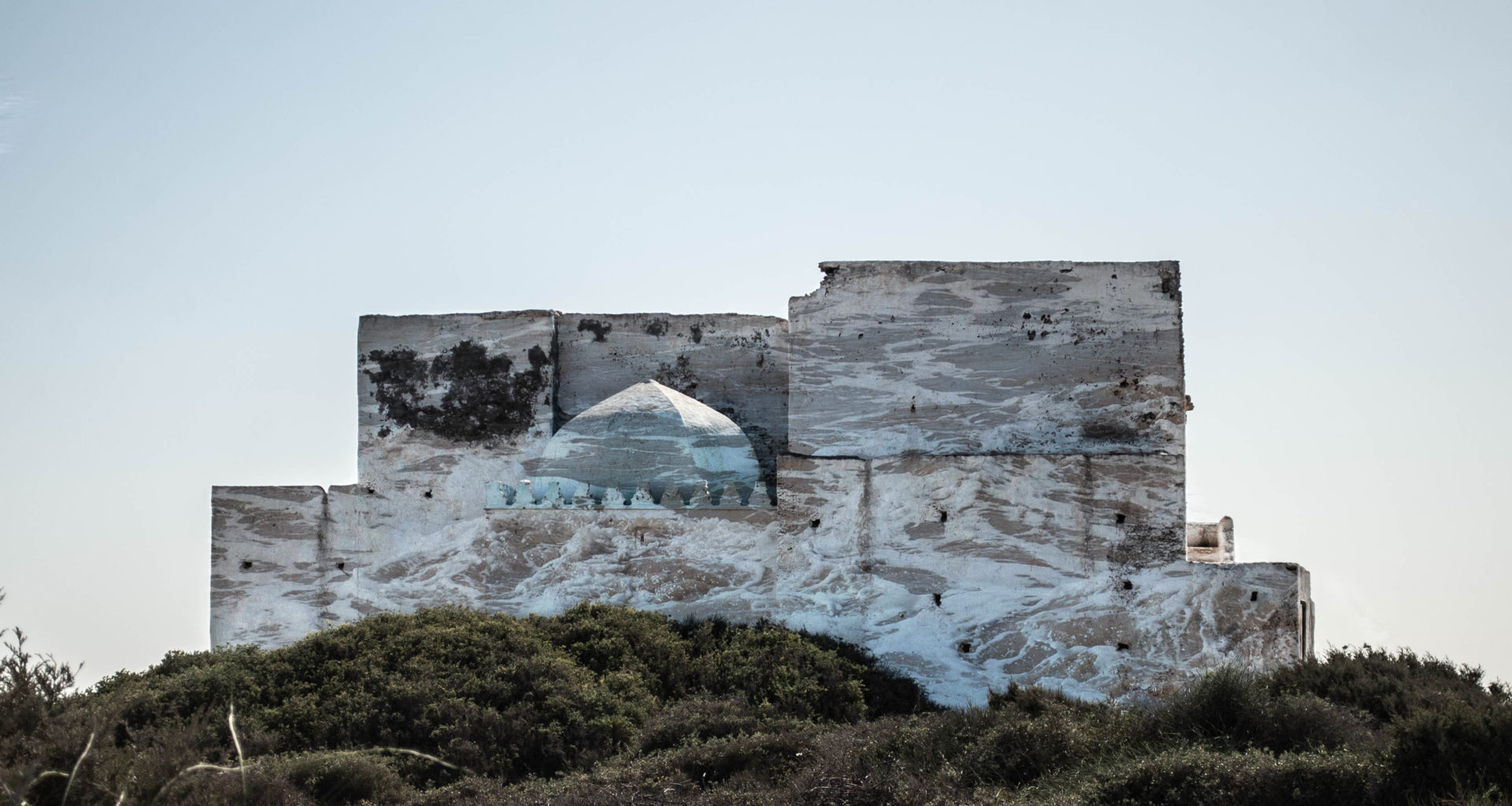



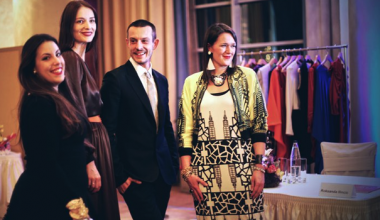
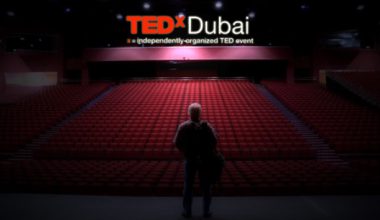
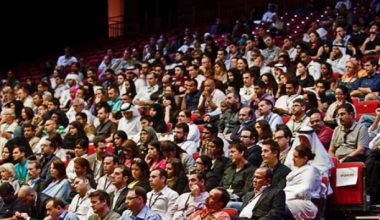
1 comment